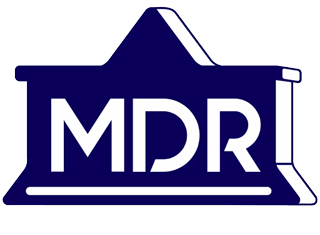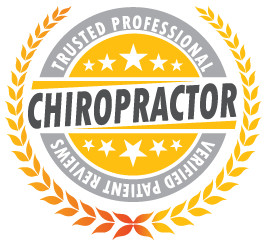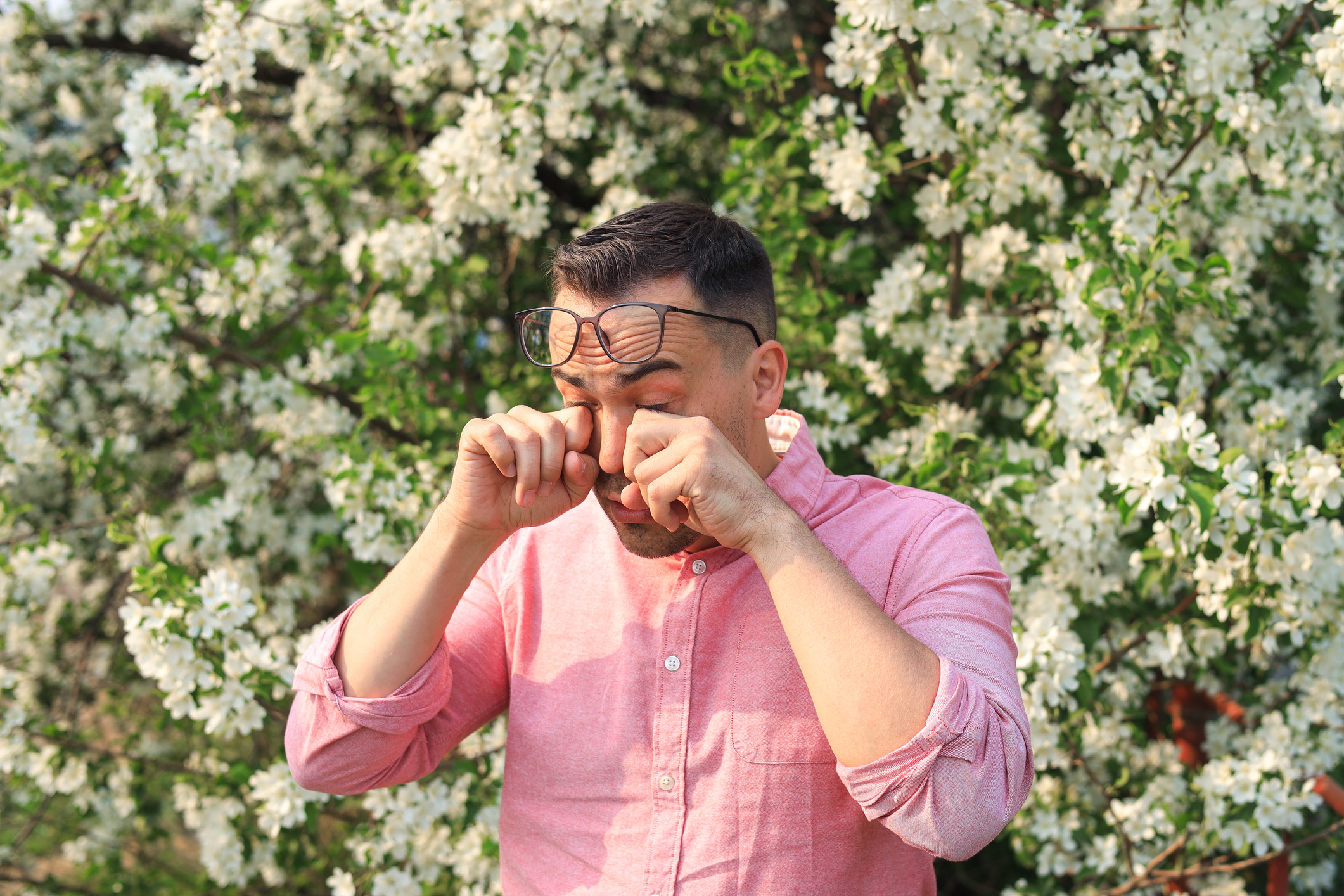You Too Can Have a Healthy Spine

When your vertebrae are not aligned properly the spinal cord can be pinched between the vertebrae. This will cause pain. A damaged spinal cord can interrupt neural responses, disabling sensations in certain parts of the body. Back pain can have an impact on every aspect of your life. There are several things you can do to protect your spine health.
Ergonomics
We have all heard ergonomics as a key word lately, especially in the office world. If you sit or stand for long periods of time, you are putting more strain on the discs in your lower back. In addition, when we sit for extended time, we tend to slouch and lean forward which only adds to this stress. This strain can create a painful back condition or exacerbate an already existing one. Good posture and quality office chairs will help support your back.
Take a Break!
Even the most ergonomic furniture cannot resolve all back issues with sitting for prolonged periods of time. Stand up, stretch, walk around at least once an hour to help your spine. Adjustable desks that allow you to alternate sitting and standing are also very beneficial.
Lifting
You should always use proper form when lifting heavy objects. You want to avoid twisting the wrong way. Use your legs and knees to support the weight, and not your back and upper body.
Rest
Maintaining healthy sleep habits is essential to all health including the spine. The body repairs itself and heals during sleep. Sleeping on your side is best for your spine. Sleeping on your stomach applies additional pressure to the spine. Supportive mattresses and pillows will also promote proper spine and neck alignment.
Activity
Maintaining a healthy and active lifestyle benefits all of your body including the spine. Activity helps lowers the risk for low back pain. Optimal exercise routines include core strengthening and stretching. This will promote good joint function and full range of motion.
Massage
Massage encourages blood flow. Especially if you are recovering from an injury, increasing blood flow to area can bring healing nutrients to the injury and speed up recovery.
Weight
Carrying excess weight can put additional stress on the spine. Maintaining a healthy weight includes diet and exercise.
Shoes
Whether you are walking to get exercise or just getting from here to there, your shoes make a difference. Good shoes will provide a supportive base that helps absorb the shock. A quality pair of shoes will keep the body and spine in alignment. Proper shoes are essential in supporting the lower back. Shoes should also fit properly – snug but not too tight. Properly fitting shoes will help avoid too much rolling of the foot to the inside or outside.
Hydration
Hydration maintains the elasticity and fluidity on the joints. This is essential for the health of your spinal discs. We all know that drinking plenty of water is important for our overall health, but it is important to the spine too!
Chiropractic Care
Strains, illnesses, and poor lifestyle choices can all hurt the spine, and therefore the entire body. These injuries are often manifested in the form of vertebral subluxations, which are misalignments in the spinal column. These misalignments can cause back pain, muscle stiffness, headaches, sleep disorders, digestive troubles, and even more problems not listed here. Taking care not to strain your back is crucial for maintaining optimal spinal health, as is seeing a chiropractor on a regular basis. Early treatment is vital to ensure that the joint heals correctly and in the proper position. Proper treatment will help to avoid any future pain or further injuries. The best treatment is from a chiropractor. The primary goal of chiropractic care is to maintain the alignment of the spine and body.
If you are facing back pain, MDR Medical Associates can help! Learn more about our spine care here! Our chiropractors will take the time to assess every aspect of your lifestyle, medical history, and body to find a permanent solution to ease your pain. Contact our team today at 561-731-3361 to schedule an appointment or learn more. We look forward to hearing from you.
Are you on Facebook? We are too. Let’s be friends!
Disclaimer: The information included in this article is for educational purposes only. It should not be used as a substitute for professional medical advice, diagnosis, or treatment.
[fl_builder_insert_layout slug=”global-sidebar”]



